
- calendar_month October 22, 2024
- folder Community Engagement
Sharing Tags
Building Materials, Construction History, Home Renovation, Home Value, JohnHart, JohnHart Real Estate, Nathan Derry, Nathan Derry Healthy Living, Nathan Derry JohnHart, Nathan Derry Real Estate, Nathan Derry Realty, Nathan Derry Recommends, Nathan Derry Tips, Nathan Derry, JohnHart Real Estate, Old Vs New Homes, Real Estate Advice, Strong Bones, Sustainable Homes, Wood Construction
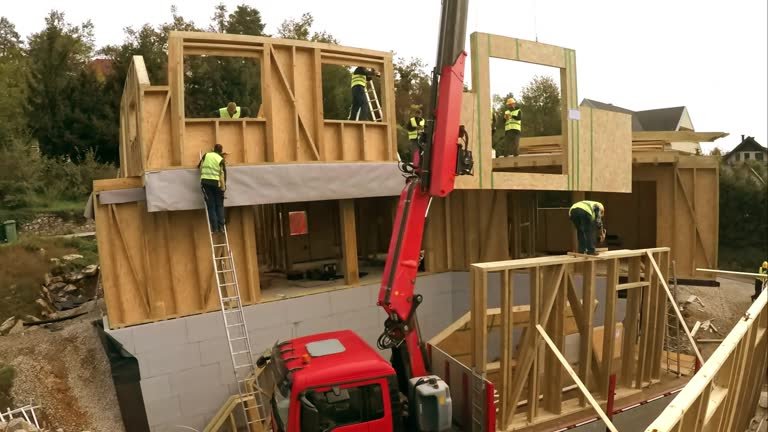
Hi, I’m Nathan Derry with JohnHart Real Estate, and today I want to delve into an interesting topic—how the materials we use to build homes today differ from those used a century ago. While some materials have improved in strength and durability, others, such as wood, may not be as robust as they once were. If you live in a home with "old bones," you may be living in a testament to the quality and craftsmanship of years past.
Building Materials Then vs. Now
Wood

Wood has been a fundamental building material for centuries, but the quality of wood used in construction has changed over time. A hundred years ago, builders used what we now refer to as "old-growth" wood. These trees were typically much older, slower-growing, and had tightly packed growth rings, which made the wood denser, stronger, and more durable.
Today, much of the wood used in construction comes from mass-produced, fast-growing trees. These trees grow quickly to meet the demands of the building industry, resulting in wood with wider growth rings and less density. While it’s still a reliable material, modern wood isn’t as strong or long-lasting as the old-growth wood used in homes built in the early 20th century.
Brick and Mortar
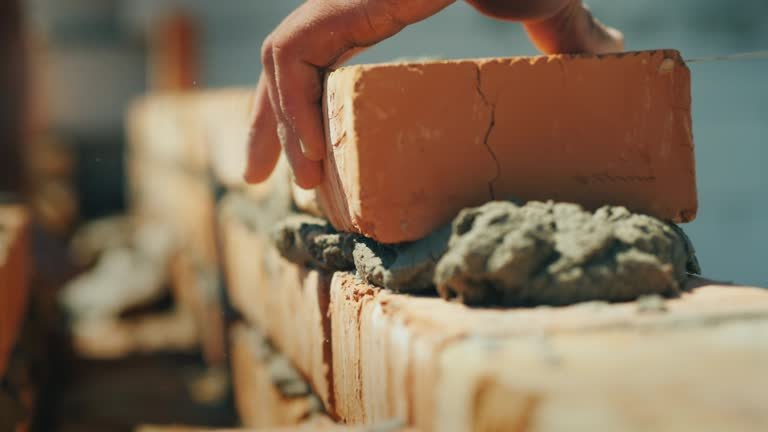
Brick and mortar have stood the test of time and continue to be popular building materials. However, the composition of these materials has evolved. Bricks made 100 years ago were often handmade and fired in small batches, leading to subtle variations in size and color. Mortar, the binding material between bricks, was typically lime-based, which allowed for some flexibility and breathability in the walls.
Modern bricks are manufactured in large-scale facilities, ensuring uniformity and strength. Today’s mortar is often cement-based, which is much stronger but less flexible than the lime-based mortars of the past. This can make modern masonry more prone to cracking over time, especially in areas with shifting soils.
Steel
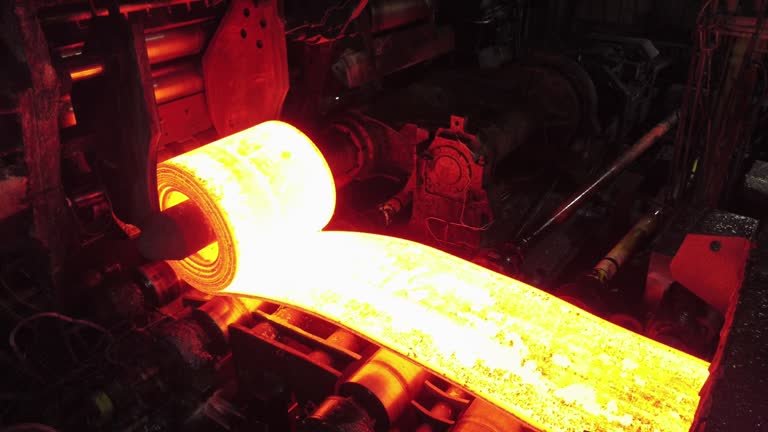
Steel has always been synonymous with strength and durability. A century ago, steel was mostly used in large commercial buildings and bridges. Residential homes from that era typically didn’t use much steel in their construction, relying more on wood and brick.
Today, steel plays a vital role in the construction of homes. Steel beams and rebar are used to reinforce concrete foundations, making modern homes far more resistant to structural damage, especially in earthquake-prone areas like California. Thanks to advancements in metallurgy, modern steel is stronger, more flexible, and more corrosion-resistant than it was a hundred years ago.
Concrete
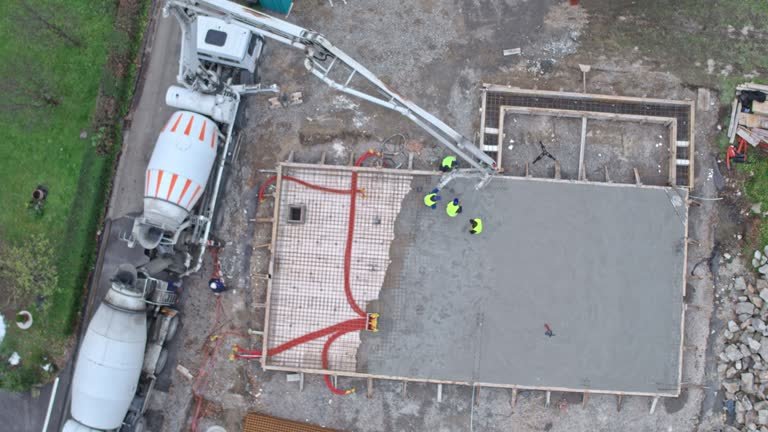
Concrete has been a staple of construction for more than a century, but the technology behind it has advanced significantly. Concrete in the early 1900s was often mixed on-site, leading to inconsistencies in strength. Modern concrete is highly engineered and mixed to precise specifications, making it much stronger and longer-lasting.
Additionally, today’s concrete is often reinforced with steel rebar, which makes it far more durable under heavy loads and better at resisting environmental factors like earthquakes and extreme weather.
Windows and Glass
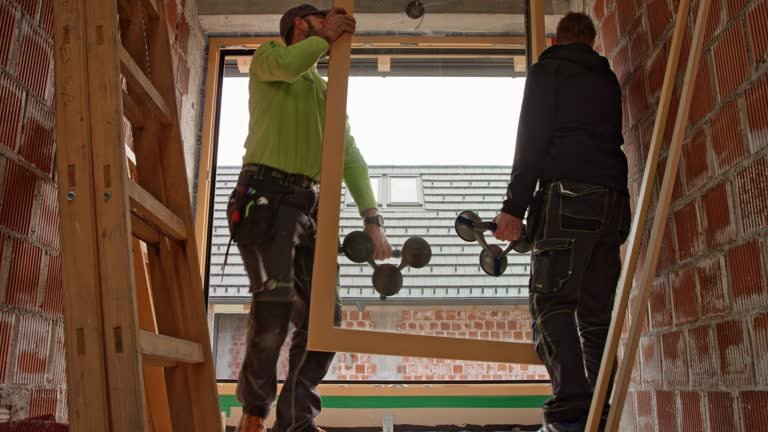
A hundred years ago, windows were often made with single-pane glass, which provided little in the way of insulation or energy efficiency. Many older homes are drafty because of this, though their original glass has a charm that modern homes sometimes lack.
Today, windows are typically made with double or triple-pane glass, offering much better insulation and energy efficiency. Modern windows are often coated to block harmful UV rays and reduce heat loss in winter, which helps homeowners save on energy costs.
Strengths and Weaknesses of Modern Materials
While many of today’s building materials are engineered to be stronger and more durable than those used in the past, there are trade-offs. For example, modern wood may not last as long as old-growth wood due to its faster growth and less dense grain. On the other hand, steel and concrete are now much more reliable than they were a century ago, offering enhanced structural integrity.
Why Older Homes Are Still Valuable

There’s a reason why homes built 100 years ago are still standing strong. They were constructed with materials like dense wood, handmade bricks, and lime mortar that have stood the test of time. Living in a home with "old bones" is often a testament to its build quality and craftsmanship. The charm and sturdiness of older homes are hard to replicate, and they carry with them a sense of history and permanence.
That said, if you own or are considering purchasing an older home, it’s important to keep in mind that it may require more upkeep. Materials like wood may need to be reinforced or replaced over time, and modern updates like energy-efficient windows can go a long way in preserving both the charm and functionality of the property.
Preserving Your Home’s Legacy
Whether you live in a home built a century ago or a modern house, maintaining the integrity of the materials is key to protecting your investment. I’ve seen firsthand how much difference the quality of building materials can make in a home’s longevity and value. Whether you're looking to buy, sell, or simply preserve the legacy of your home, understanding the materials that went into its construction can help you make informed decisions.
If you're considering buying or selling a home, I’d be happy to share more insights on the build quality of different eras and help you make the best decision for your future.
All the best,
Nathan Derry, JohnHart Real Estate

📍JohnHart Real Estate
📞(424) 303-0440
📧 nathan@jhagents.com
👨🏽💻 itsnathanderry.com
You deserve the opportunity to work with an ethical agent. Please give me a call today and let’s discuss your unique needs.
Interested in seeing a property or one of my off market properties in person? Contact me today! Who you hire matters!!!
Ready to make the best move of your life… let’s chat today!
